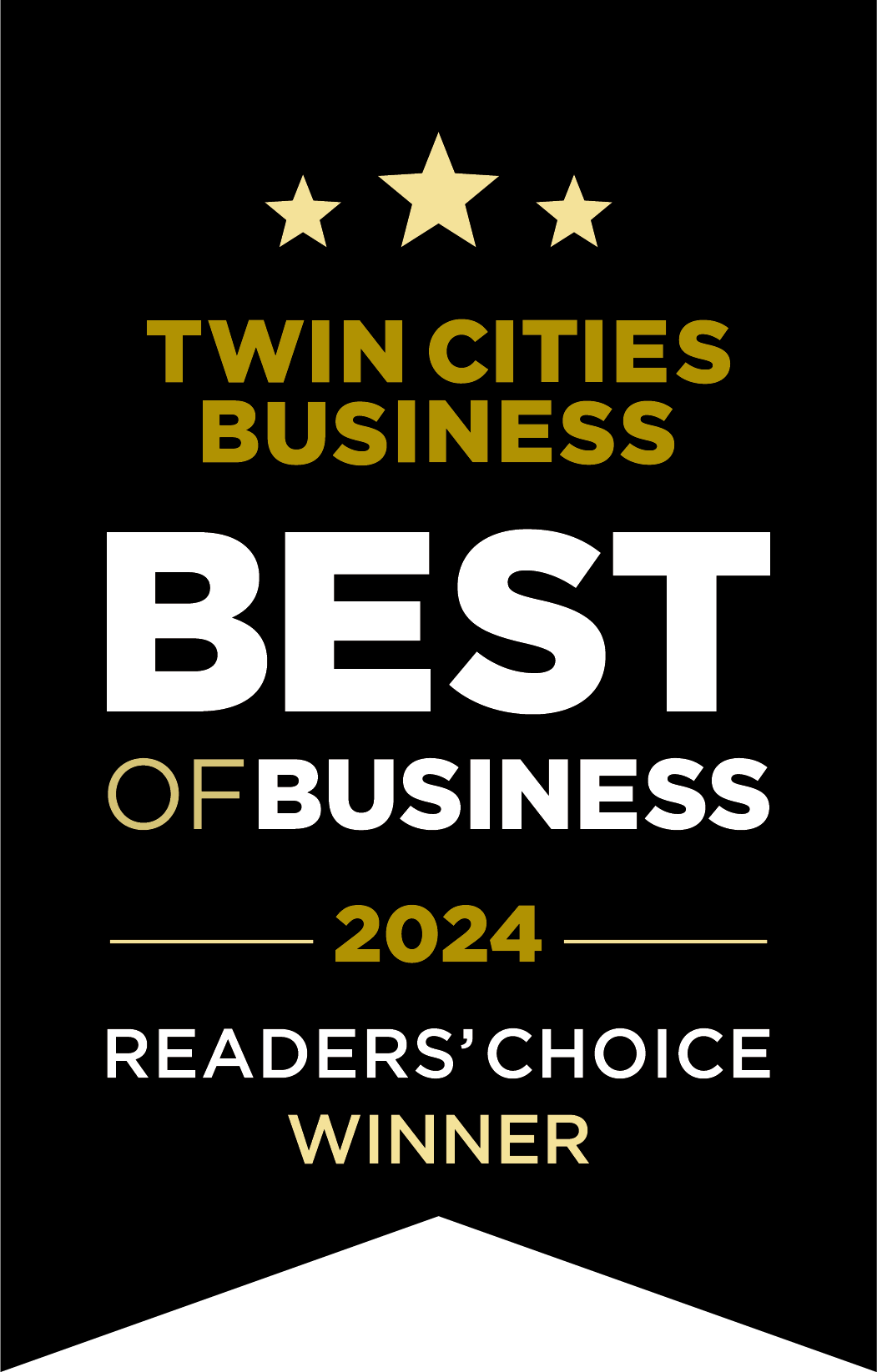 Every business owner has, at one point, wondered if a particular expense was deductible. Thankfully, there’s a no-fail answer to this conundrum: “It depends.”
Every business owner has, at one point, wondered if a particular expense was deductible. Thankfully, there’s a no-fail answer to this conundrum: “It depends.”
That’s because the IRS defines business expenses as “the cost of carrying on a trade or business” and notes that they can generally be deducted by for-profit businesses. It’s a fairly broad definition, meaning there is rarely a cut-and-dry answer.
So, what determines an expense’s deductibility?
It depends on the business purpose behind it.
Nearly any expense can be deductible, as long as it’s legitimate, or as the IRS says, “both ordinary and necessary.” But the definition of “ordinary and necessary” may swing wildly from one business to the next. For this reason, the story—or fact pattern—behind an expense is critical. Why did you make this expense? How is it helping you make a profit? It’s really more of an art than a science.
For instance, one client we worked with had purchased a large neon sign that read “Porky’s” for office decor. Was it deductible? Absolutely. The business owners felt the sign was necessary because it underlined their fun and creative culture. Similarly, other businesses we’ve worked with have written off the purchase of arcade games and ping-pong tables for their break rooms. These are valid business expenses, they say, because these games give employees a way to blow off steam.
Many business owners often wonder if their personal phones and computers are deductible as business expenses. Even though these devices may have been purchased on their personal dime, the use of them (i.e., Internet or phone service) could be deductible if it helps the business owner conduct business from home.
Speaking of working at home…
The home office deduction is one that does depend on technicalities more than a story, and it also happens to be one that can bring about considerable IRS scrutiny. In order for a home office space to be deductible, it must be used exclusively for business purposes 365 days a year. It can’t be an occasional guest room. And if it is, the square footage used for guests (say, a couch) must be excluded from the total square footage of the space.
deduction is one that does depend on technicalities more than a story, and it also happens to be one that can bring about considerable IRS scrutiny. In order for a home office space to be deductible, it must be used exclusively for business purposes 365 days a year. It can’t be an occasional guest room. And if it is, the square footage used for guests (say, a couch) must be excluded from the total square footage of the space.
The amount you can deduct (which would be from your mortgage, utilities, etc.) is relative to the square footage of the space; however, there is also something called a “safe harbor method,” which doesn’t require as much substantiation—it’s simply a $5 per square foot deduction for up to a 300-square-foot space, for a maximum deduction of $1,500. In many cases, the safe harbor method reduces the cost of compliance.
What’s more, if you are an employee who wishes to deduct the cost of your home office, you must prove that the existence of your home office is not just for your convenience, but for the convenience of your employer as well.
Err on the side of being conservative.
Remember the old adage “pigs get fat and hogs get slaughtered?” It rings especially true for business deductions. If you get carried away—e.g., you run all of your personal expenses through your business—you risk crossing the line into criminal fraud. And even if you avoid a fraud charge, you could end up facing penalties plus interest if you’ve deducted disallowed expenses.
At JAK, our Twin Cities based business tax consultants always take a conservative approach to business deductions. If we see something that looks suspicious on a client’s expense sheet, we say something. Getting the full story on the deduction is critical to knowing where it lands in the many shades of gray.

